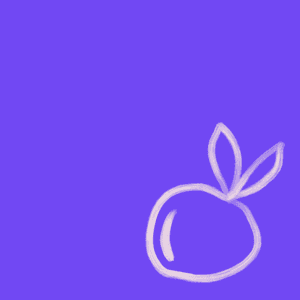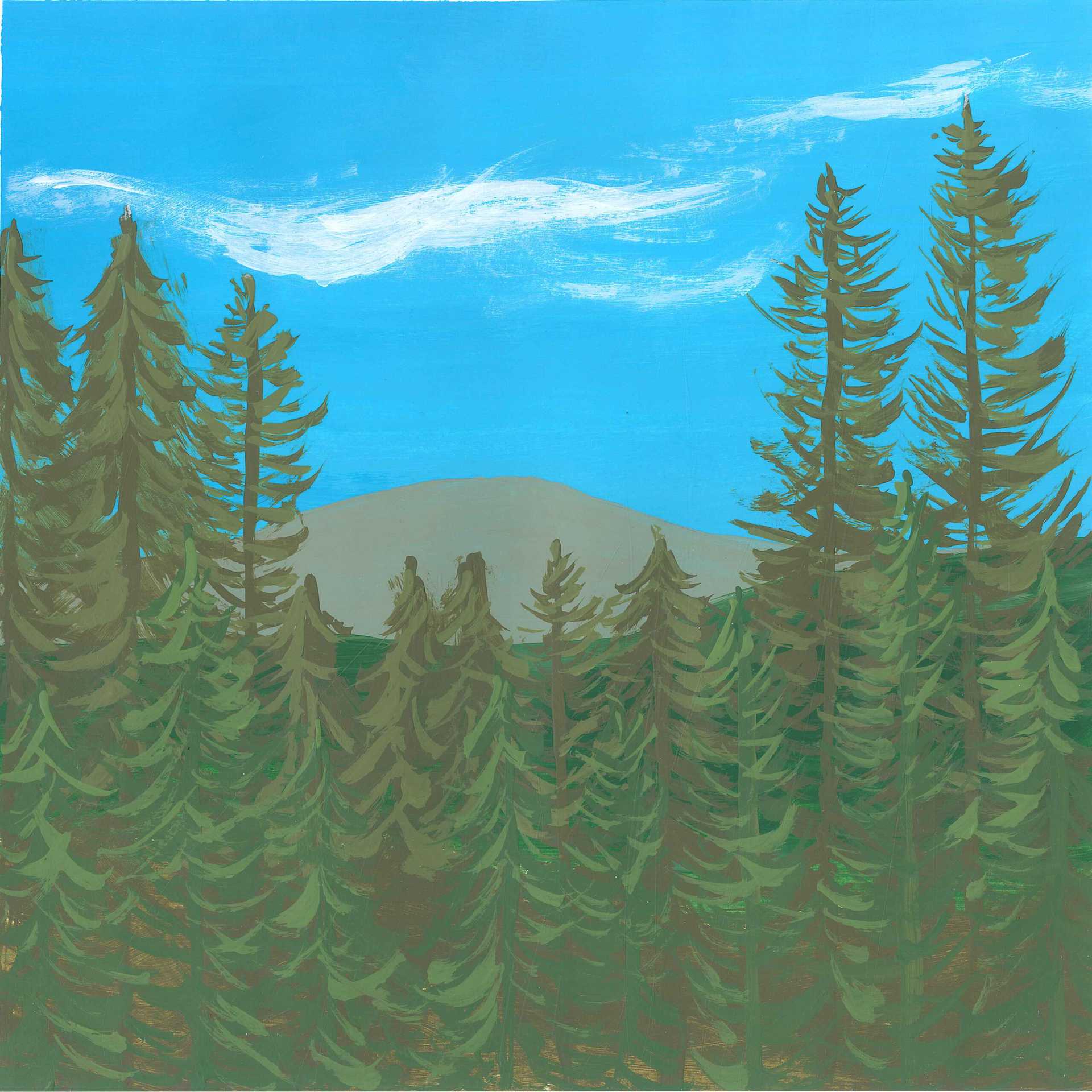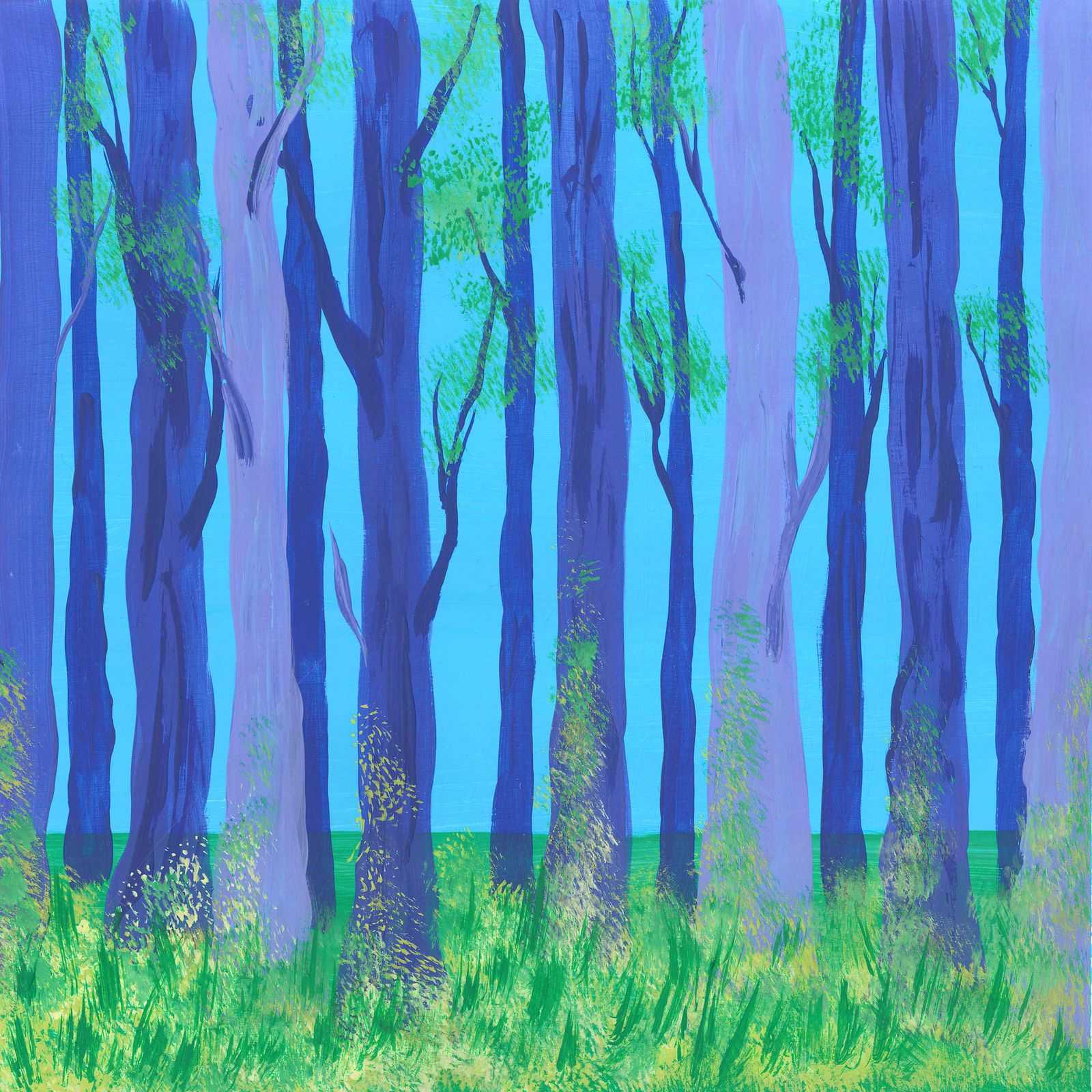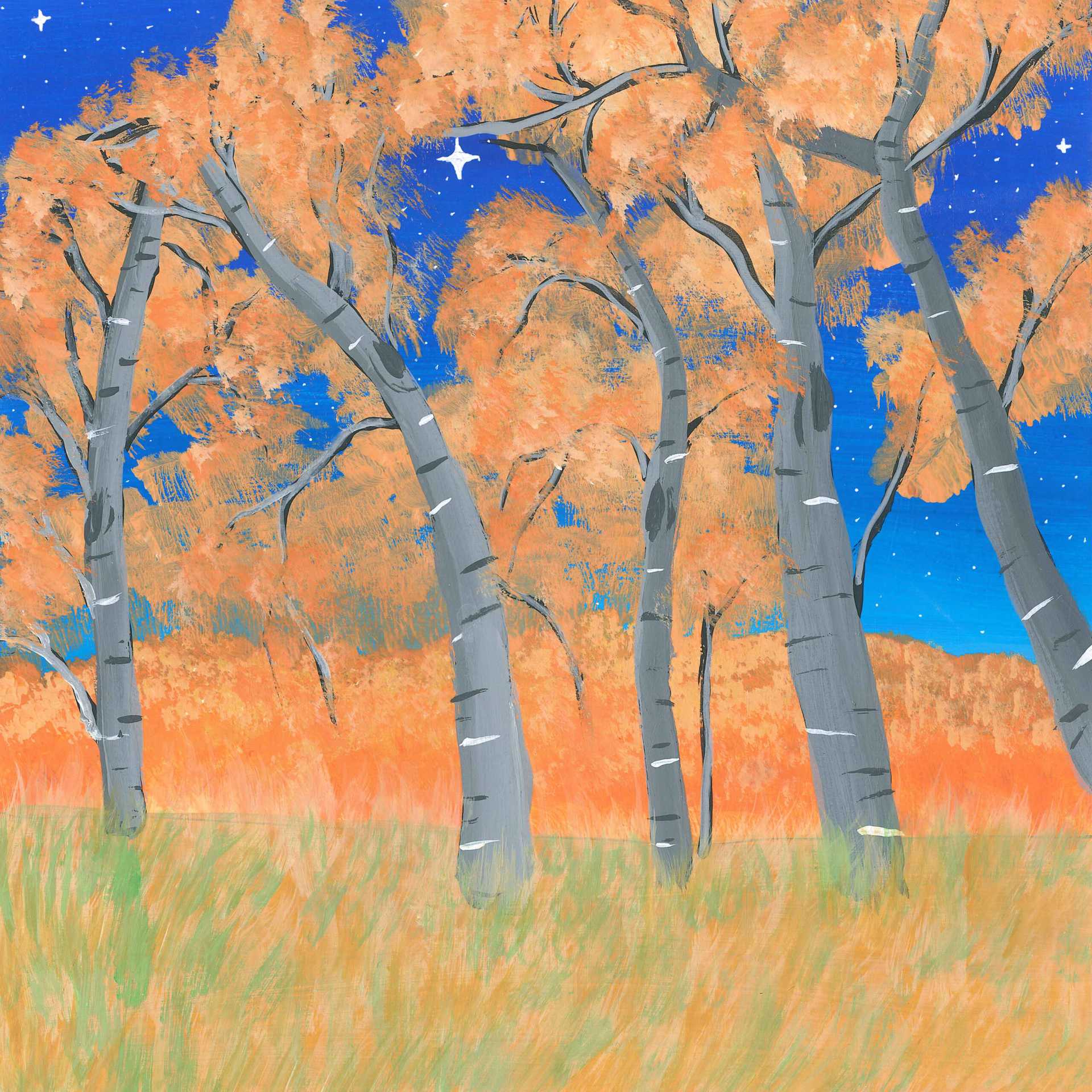
Best Sounds for Baby Sleep
Nature sounds to help babies sleep
Finding the best sounds to help babies sleep can be a challenging journey. Here, we have created a playlist of nature sounds that we hope can help. We have also answered some of the frequently asked questions about the connection between sounds and baby sleep.
| #Title | Location | Ecosystem | Duration |
|---|---|---|---|
| Croatia | Temperate Forests | 01:12:05 | |
| Slovenia | Temperate Forests | 05:55 | |
| Bulgaria | Sea & coast | 01:15:00 | |
| Slovenia | Lakes | 01:00:00 | |
| Mexico | Sea & coast | 10:01 | |
| USA | Temperate Forests | 04:39 | |
| India | Temperate Forests | 10:00 | |
| Australia | Mountains | 03:00 | |
| USA | Temperate Forests | 01:00:00 |
FAQs about the best sounds for baby sleep
- What color of noise is best for helping babies sleep?
- White noise and baby sleep: what to know?
- Pink noise and baby sleep: what to know?
- Nature sounds and baby sleep: what to know?
- Relaxing music and baby sleep: what to know?
- How does white noise help babies fall asleep?
- How loud should white noise be for sleeping babies?
- How long should babies sleep with white noise?
What color of noise is best for helping babies sleep?
The noise types most frequently used to help babies fall asleep are:
- White noise, such as the sound of a hair dryer, a vacuum cleaner, or an air conditioner
- Pink noise, such as rain or ocean sounds and other nature sounds
- Brown noise, such as roaring waterfalls and other high energy, low frequency nature sounds
- Nature sounds, from birdsong to wind blowing through a forest
- Relaxing music, such as sedate classical music
However, the effects of different noise and sound types on sleep induction and sustained sleep have been studied more extensively in relation to adults than to babies. Furthermore, it’s mainly white noise and relaxing music that have been studied in connection with babies’ sleep; other noise and sound types get attention due to promising sleep studies involving adults, leading to families’ personal experiments.
To each their own, but we urge you to be cautious and follow scientific recommendations.
White noise sounds and baby sleep
The most common way to help babies sleep is with white noise sounds, but this could be because it’s the type of noise most studied for all age groups.
In one of the earliest studies on this topic, 80% of the participating newborns fell asleep within five minutes in response to white noise.
Another study found that playing white noise sounds decreased the duration of colicky babies’ daily crying and sleeping. A further case established that white noise is more useful for the weight gain of preterm infants than their mothers’ voices.
Pink noise and baby sleep
Pink noise has a lower pitch than white noise, and we usually interpret it as relaxing or soothing sounds — perfect for babies, especially during sleepy hours.
The effect of pink noise on babies’ sleep isn’t well documented; it’s mainly personal experiences that prompt new parents and caregivers to try it for their own little ones. However, the connection between pink noise and sleep in adults is slowly getting researchers’ attention, with one study finding that steady pink noise could induce more stable sleep and improve overall quality.
As the general public’s awareness of pink noise slowly increases, more studies may also investigate its effect on babies’ sleep.
White noise versus pink noise for baby sleep
Not all babies will respond well to white noise, despite scientific findings on the subject.
White noise and pink noise are quite similar, though the latter seems more ‘natural’ to some ears; arguably, the sounds heard in the womb are similar to both white noise and pink noise.
One reason for this is that heartbeats are considered to be pink noise, making this color of noise a familiar and relaxing sound for babies to listen to when falling asleep.
If you’d like to read more about the different colors of noise and other sound types that could promote sleep — from gray noise to binaural beats — read our article on the best soothing sounds for sleep.
Nature sounds and baby sleep
While white noise and pink noise are categories of color noises — with names that parallel the colors of the light spectrum — nature sounds are also thought to help relaxation and sleeping.
These soothing sounds are what we hear when walking on the beach or in a forest, driving through the Serengeti, or just sitting next to an open window and enjoying vibrant birdsong. If we aren’t able to hear the real thing, nature sounds are being recorded by sound artists around the world, capturing the ambiance of specific places and drawing attention to locations that require interventions such as reforestation or other initiatives to save endangered wildlife.
We perceive nature sounds as being similar to pink noise, since pink noise itself is prevalent in nature sounds. Researchers have even observed patterns similar to pink noise in short segments of birdsong.
Nature sounds are not scientifically proven to help babies fall asleep, but promising results for adults suggest that nature sounds put people into relaxed states and that ocean sounds can help some people sleep better.
The same may be true for some babies, too, but as with other noise types, only careful experimentation will establish what has the quickest and most effortless effect.
Listen to Earth.fm’s ‘Best Nature Sounds for Sleep’ playlist! 🌳 🎧
Relaxing music and baby sleep
Relaxing music and its effect on babies’ sleep has been more thoroughly researched than that of nature sounds.
One of the most familiar examples of relaxing music for a baby is the lullaby. Research has shown that babies respond to lullabies regardless of language, experiencing signs of relaxation such as pupil dilation and a decrease in heart rate even when hearing foreign lullabies.
In a 2022 study, newborns experienced a decreased heart rate when listening to happy music, but not while hearing sad music or no music at all. Furthermore, happy music was associated with providing soothing and faster sleep for newborns.
If you’d like to give relaxing music a try with your baby, some people recommend picking slower songs, of around 60 to 80 beats per minute.
Next, we’ll discuss white noise in more detail, as this is the color of noise that has most captured the attention of the scientific community and thus parents and caregivers.
How does white noise help babies fall asleep?
White noise helps babies fall asleep for three main reasons:
- According to the American Academy of Pediatrics (AAP), white noise mimics the sounds babies hear in the womb – a resemblance that continues to relax them after birth.
- When used over a longer period, white noise (or other sleep sounds, when part of a nap or nighttime routine) can become a cue for bedtime and sleep induction.
- White noise sounds can successfully cover or mask external noises in the sleeping baby’s environment.
“From an early age, we used different sound machines for both of my sons, sometimes switching to specific white noise playlists for babies. They didn’t react the same way to the same sounds, though. One sound machine worked really well with my eldest, Jack, and my younger, Alfie just hated it. Now, Alfie likes a playlist made up of a lot of static noise and ocean sounds. I find these sounds really cover any background noise, especially coming from my eldest son when he’s still playing or enjoying a bath and making a lot of noise.
Generally, I turn on the white noise as soon as I begin to get Alfie changed. This is the start of our routine and this continues until he’s finished his feed and falls asleep. Roughly that’s about 40 minutes. As soon as I leave his room, I switch it off. I don’t ever tend to leave it in the room unless I think he’s still restless. But never leave it on throughout the night.” — Lauren from the UK, mother of two: Jack (four) and Alfie (10 months).
How loud should white noise sounds be for sleeping babies?
White noise for babies can be safe if it doesn’t exceed 80 to 90 decibels (dB), but it’s best to aim for around 50 dB.
The maternal body can soothe the transmission of external sounds to the fetus:
“This attenuation [reduction] ranges from 20 decibels (dB) at low frequencies, to 70 dB or more at high frequencies. Background noise in utero is about 85 dB, with peaks of 95 dB reported with each stroke of the mother’s heart. Seemingly, the fetus can tolerate the 85 to 95 dB of background noise experienced in utero.”
This means that the sounds heard in the womb can even exceed 80 to 90 decibels (dB) outside of it — the noise level of a typical hair dryer at a distance of 3.3 feet (1 m). This noise level outside the womb allegedly wouldn’t damage the baby’s hearing.
However, a study on infant sleep machines and their sometimes hazardous sound pressure levels, concluded that noise levels above 50 decibels (dB) run the risk of damaging babies’ developing hearing. The AAP therefore recommends using a white noise machine set no louder than 50 dB and placed seven feet (2 m) away from your baby’s ears.
“We either use static white noise or play a lullaby playlist which we built for Maya over the past 2 years. We started it even before she was born and I played some of the songs during my pregnancy. I used to also use a three-hour-long deep sleep song which she used to love during her nap times.
The static white noise is something we play from the camera that we use with her in the evening. I use it once she falls asleep so I can go out and leave her on her own. Once I return to the room, I stop the white noise, I don’t keep it on overnight. I use it mainly to numb outside noises. During the first nine months, she preferred music during her nap but since then, she doesn’t really want it anymore. She is normally fairly tired by nap time and she falls asleep quickly without sound or music.” — Hajnalka from Italy, mother of Maya (16 months)
How long should babies sleep with white noise sounds?
It could be that babies become too dependent on white noise if they hear at each nap and nighttime sleep. After a while, babies need to learn to self-soothe and this may become more difficult if they have become habituated to specific sounds in the background.
“We’ve never tried any sounds or noise to help our daughter fall asleep. We’ve been hesitant to do so because we didn’t want her to get used to an external factor helping her drift off, instead of learning how to self-soothe. If she has trouble falling asleep, we are there to comfort her in other ways but we thought that in the long term, using a sound machine or playing a specific playlist might not work well. For instance, it would be difficult for her in the nursery where there are other children’s needs to consider as well, also when it comes to sleep. But I understand if other parents give it a try and if it works for them, then great! To each their own.” — Petra from Hungary, mother of Olivia (two)
On the other hand, some say that parents and caregivers can wait until the child is old enough to make their own decision about listening to sounds while sleeping or falling asleep — after all, adults use them for the same purpose.
However, remember that we don’t have conclusive scientific results about whether babies could become overly dependent on white noise or other sounds for the initiation of sleep. Similarly, further studies are required to investigate how noise levels or other aspects of different sounds may affect children (or adults, for that matter) in their sleep, especially in the long term.
See what works for your baby (and you), but, for safety’s sake, try to find a balance and limit the amount of white noise sounds or other sound types you expose them to — at least until a scientific consensus emerges about what is the best sound for helping babies sleep. (Or even if there shouldn’t be any after all!)
This content is for general information purposes only and is not intended as medical or other professional advice.
Earth.fm is a completely free streaming service of 1000+ nature sounds from around the world, offering natural soundscapes and guided meditations for people who wish to listen to nature, relax, and become more connected. Launched in 2022, Earth.fm is a non-profit and a 1% for the Planet Environmental Partner.
Check out our recordings of nature ambience from sound recordists and artists spanning the globe, our thematic playlists of immersive soundscapes and our Wind Is the Original Radio podcast.
You can join the Earth.fm family by signing up for our newsletter of weekly inspiration for your precious ears, or become a member to enjoy the extra Earth.fm features and goodies and support us on our mission.
Subscription fees contribute to growing our library of authentic nature sounds, research into topics like noise pollution and the connection between nature and mental wellbeing, as well as funding grants that support emerging nature sound recordists from underprivileged communities.









